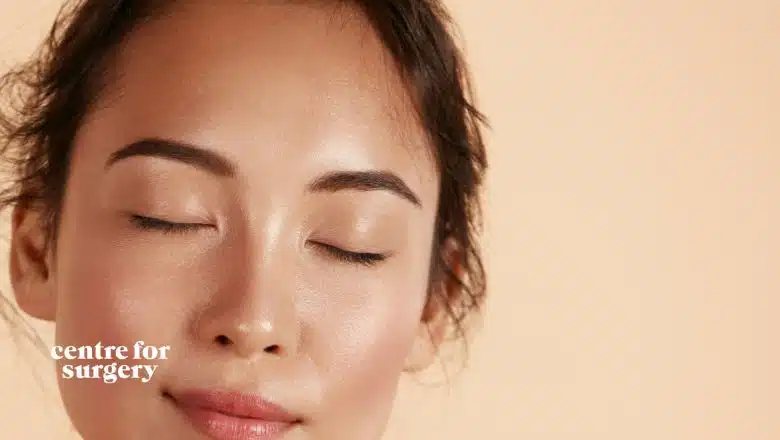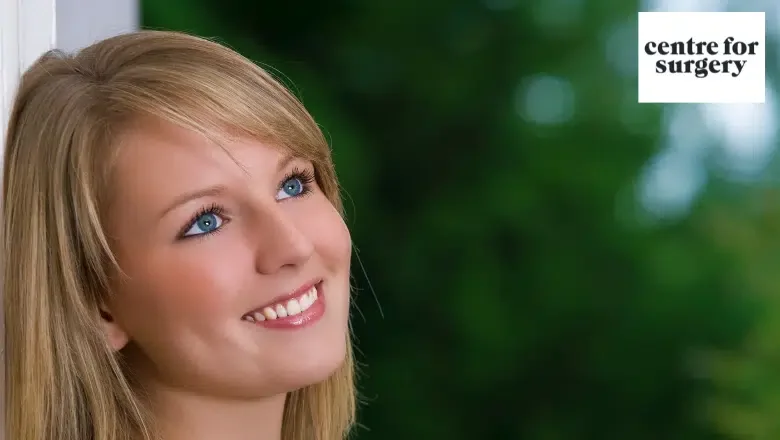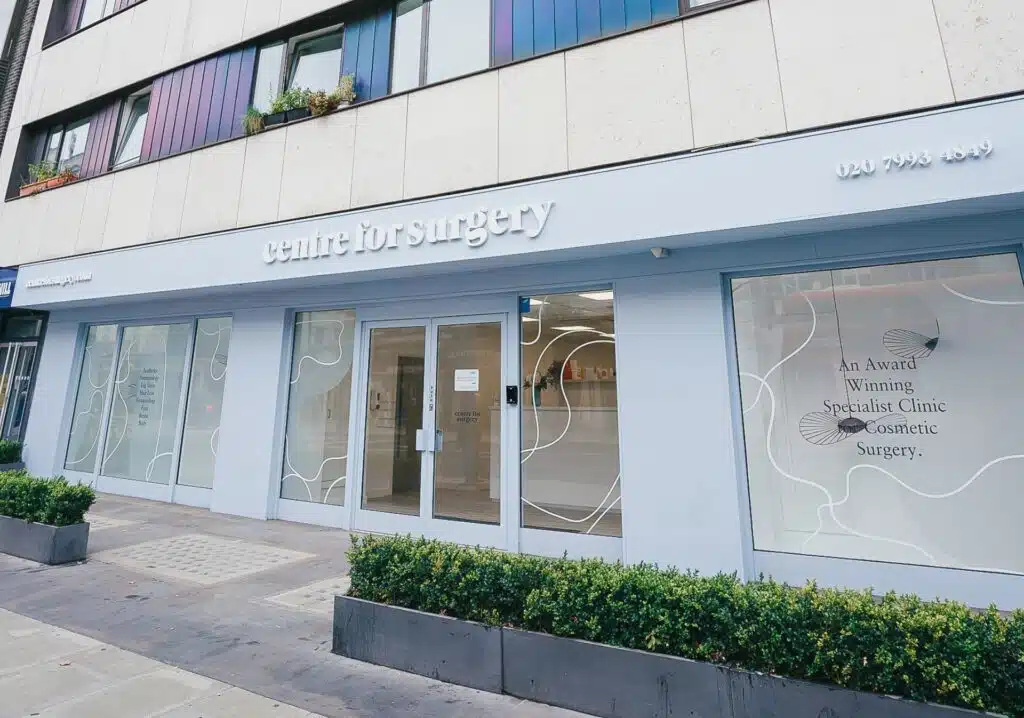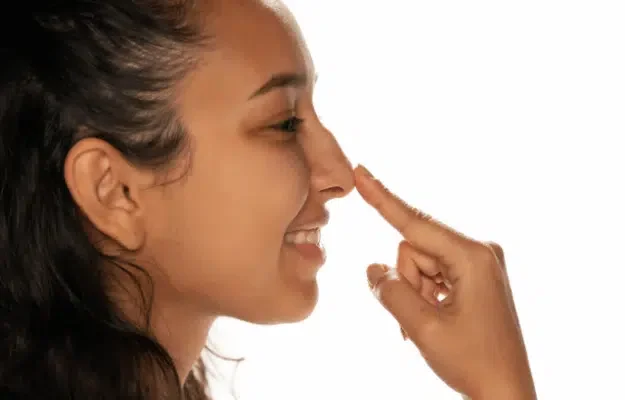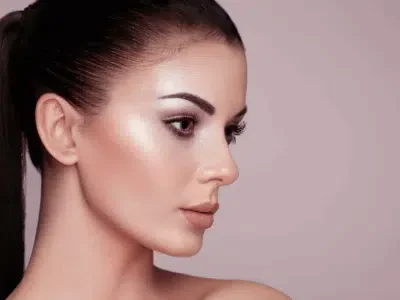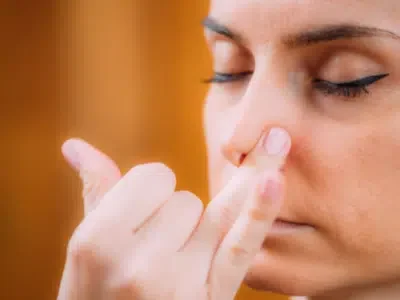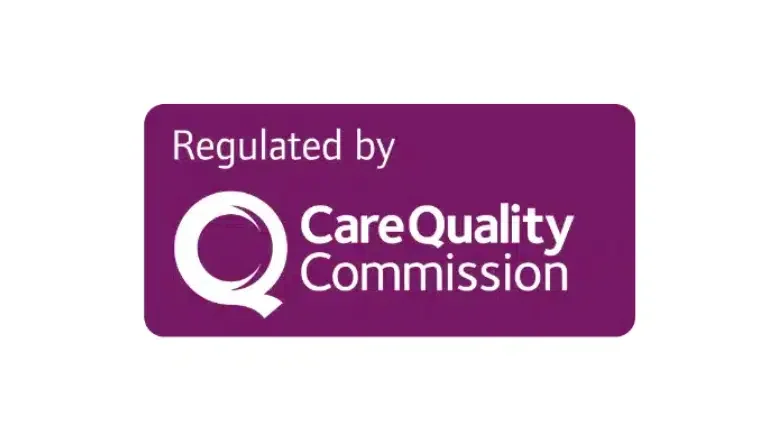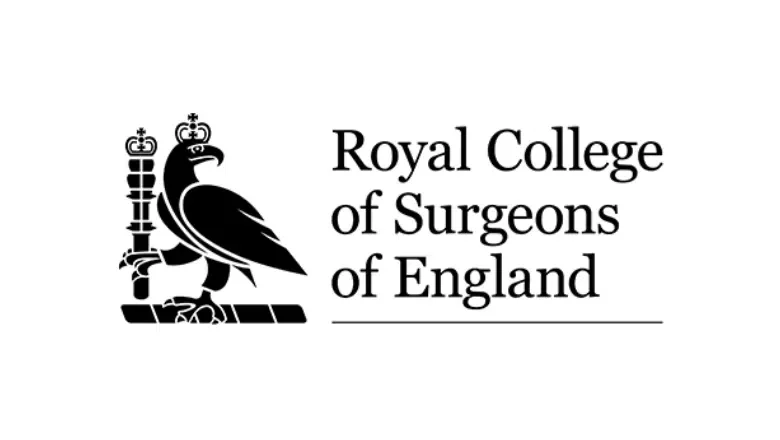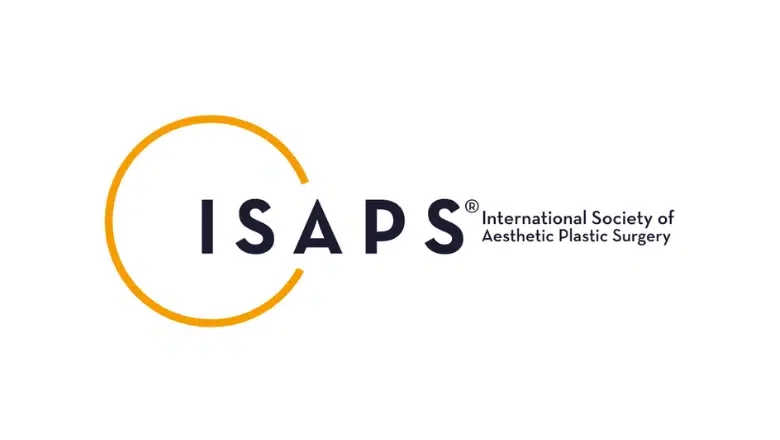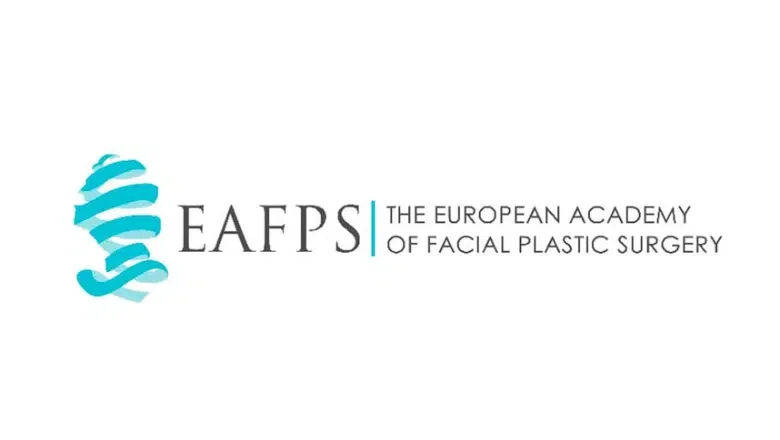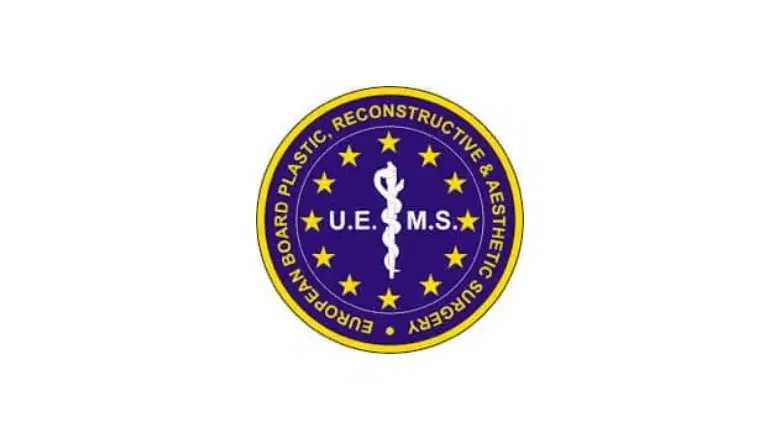Noses are one of the most prominent features of our face, so it’s no wonder that they are so heavily scrutinized. So many of us want to alter the size and shape of our noses to make them more aesthetically pleasing. However, the idea of undergoing a rhinoplasty can often be a daunting thought. It can sometimes involve altering the bones, and the recovery can involve lots of bruising and swelling. So, it’s understandable that rhino tip correction is becoming ever increasingly popular.
RELATED: Nasal Tip Surgery
What is Rhino tip correction?
Rhinotip correction also known as a tip plasty is a specialised form of rhinoplasty focused exclusively on refining the tip of the nose. This targeted procedure aims to address aesthetic concerns related to the nasal tip’s shape, size, projection, and overall symmetry without altering the nasal bridge or other structures of the nose. Rhinotip correction can modify the tip to create a more harmonious balance with the rest of the face, enhancing facial aesthetics.
RELATED: Different Types of Nose Shapes – What are the Surgical Options?
Patients may seek rhinotip correction for various reasons, including a bulbous tip, a drooping nasal tip, an overly upturned nose, or asymmetry. The surgery can involve reshaping the cartilage, removing excess tissue, or sometimes adding structure to the tip for more definition. Performed under general anaesthesia or local anaesthesia with sedation, rhinotip correction offers a less invasive alternative to full rhinoplasty for patients whose concerns are confined to the tip of their nose.
The procedure is tailored to each individual’s unique facial structure and aesthetic goals. Recovery from rhinotip correction generally involves less downtime and swelling compared to comprehensive rhinoplasty, making it an attractive option for those looking to refine the appearance of their nose with minimal intervention.
Who is a good candidate for rhino tip correction?
You will need a consultation with a surgeon, who will be able to assess whether you are a suitable candidate for rhino tip correction or whether you will require a full rhinoplasty.
Those who may be a good candidate for rhino tip correction include those who:
- Have a drooping nose
- Want to sculpt a bulbous tip
- Want to revise a previous rhinoplasty
- Want to straighten a curve in the nose
- Have unbalanced nostrils
- Have nostrils that flare
Rhinotip correction is only available to those who are 18 years or older. You will have to have reasonable expectations about what the procedure involves and what the outcome will be. Rhinotip correction is suitable for both men and women.
What does rhino tip correction involve?
Rhinotip correction involves a surgical procedure aimed at refining the appearance of the nasal tip, which can enhance facial harmony by addressing specific concerns related to the tip of the nose. This targeted approach focuses on altering the tip’s shape, size, projection, and symmetry, rather than making changes to the nasal bridge or septum. Here’s what rhinotip correction typically involves:
Surgical Techniques
The specific techniques used during rhinotip correction can vary depending on the patient’s desired outcomes and the surgeon’s assessment. Common approaches include:
- Cartilage Reshaping: The surgeon may sculpt the existing cartilage at the tip of the nose to create a more defined, aesthetically pleasing shape. This can involve trimming, suturing, or otherwise adjusting the cartilage to refine the tip’s appearance.
- Cartilage Grafting: In cases where additional structure is needed to achieve the desired shape or projection, cartilage grafts (often taken from the septum or ear) may be added to the nasal tip.
- Reduction of the Nasal Tip: For patients with a bulbous tip, the surgeon may remove a small amount of cartilage to create a more refined tip.
- Tip Rotation: Adjusting the angle of the nasal tip can help correct a drooping tip or an overly upturned nose. This involves repositioning the tip to create a more harmonious angle in relation to the rest of the nose and the upper lip.
Anaesthesia
Rhinotip correction is usually performed under general anaesthesia or local anaesthesia with sedation, ensuring the patient’s comfort throughout the procedure.
Incision Techniques
The procedure may use either an open or closed (endonasal) approach:
- Open Rhinoplasty: Involves a small incision under the tip of the nose, between the nostrils, allowing the surgeon direct visibility and access to the nasal structures.
- Closed Rhinoplasty: All incisions are made within the nostrils, resulting in no visible scarring. This approach is less invasive but offers limited access compared to the open technique.
RELATED: Open vs Closed Rhinoplasty – Which is Best?
What can I expect during the recovery period?
Recovery from rhinotip correction generally involves less downtime compared to a full rhinoplasty, as the changes are localised to the tip of the nose. Patients may experience swelling and bruising, which typically subsides within the first few weeks. Most can return to their normal activities relatively quickly, following their surgeon’s post-operative care instructions to ensure optimal healing and outcomes.
RELATED: Recovery After Rhinoplasty – Top Tips
Rhinotip correction is a highly individualised procedure, with the best approach determined by a combination of the patient’s aesthetic goals and the surgeon’s expertise. A consultation with a qualified plastic surgeon is essential to discuss the desired changes and understand what the procedure can realistically achieve.
Rhino Tip Correction at Centre for Surgery
At Centre for Surgery, rhinotip correction is meticulously tailored to meet the individual needs and aesthetic goals of our patients, focusing on enhancing the appearance and symmetry of the nasal tip. This specialised procedure is performed by our team of highly experienced surgeons, renowned for their expertise in facial aesthetics and their commitment to achieving natural-looking results.
Our Approach to Rhinotip Correction
Personalised Consultation: The journey at Centre for Surgery begins with a comprehensive consultation, where our surgeons take the time to understand your specific concerns, desired outcomes, and any previous nasal surgeries. This initial discussion is crucial for developing a customised surgical plan that aligns with your aesthetic goals.
Advanced Surgical Techniques: Our surgeons employ the latest techniques in rhinotip correction, whether you’re looking to refine the tip’s shape, adjust its projection, correct asymmetry, or address a bulbous tip. Depending on your unique case, the procedure may involve cartilage reshaping, grafting, or precise adjustments to achieve a balanced and proportionate nasal tip.
Choice of Anesthesia: Rhinotip correction at Centre for Surgery is typically performed under general anaesthesia or local anaesthesia with sedation, ensuring maximum comfort and safety throughout the procedure. Our anaesthetic team is highly skilled in administering and monitoring anaesthesia, providing a smooth and pain-free surgical experience.
Open vs. Closed Approach: Depending on the complexity of the surgery and the specific changes desired, our surgeons may opt for an open or closed approach to rhinotip correction. The open approach offers greater visibility and access to the nasal tip structures, while the closed approach, with all incisions made inside the nostrils, results in no visible scarring.
Post-operative Care and Recovery
At Centre for Surgery, we are dedicated to providing comprehensive post-operative care to ensure a smooth and speedy recovery. Our team offers detailed guidance on caring for your nose post-surgery, including managing swelling, avoiding certain activities, and attending follow-up appointments. Recovery times can vary, but most patients notice significant improvements within a few weeks and can return to their normal activities shortly after.
Why Choose Centre for Surgery?
- Expertise: Our surgeons are leaders in the field of cosmetic nasal surgery, with extensive experience in performing rhinotip corrections that enhance facial harmony.
- Personalised Care: We believe in a bespoke approach to surgery, ensuring that every aspect of the procedure is tailored to the individual needs of our patients.
- State-of-the-Art Facilities: Our clinic in London is equipped with the latest surgical technology, designed to ensure the highest standards of safety and comfort.
- Commitment to Excellence: We are committed to achieving the best possible outcomes for our patients, with a focus on natural-looking results and patient satisfaction.
Book Your Consultation
If you’re considering rhinotip correction, we invite you to book a consultation at Centre for Surgery. Our team is here to answer your questions, discuss your options, and help you achieve the aesthetic results you desire.
Contact Details:
- 📞 Phone: 0207 993 4849
- 📧 Email: contact@centreforsurgery.com
- 📍 Address: 95-97 Baker Street, London W1U 6RN
For more information about our services, financing options, and to read our patient testimonials, please visit our website:
At Centre for Surgery, we’re dedicated to helping you achieve your aesthetic goals with care, precision, and artistry.

